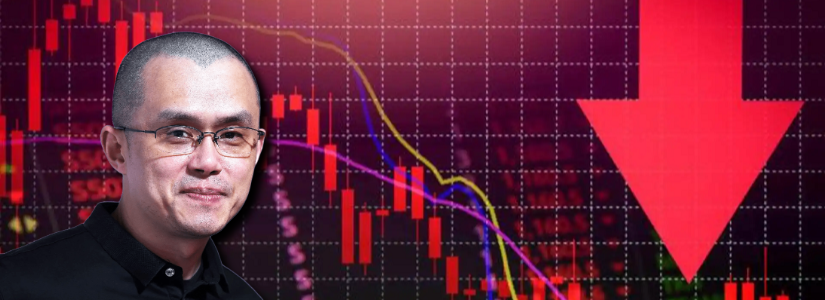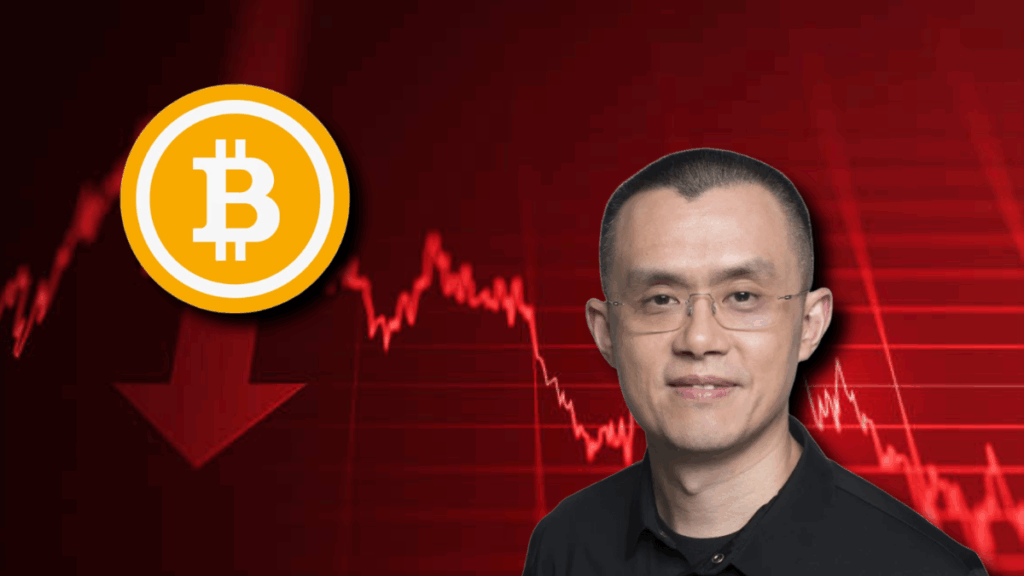TL;DR
- The former CEO of Binance, Changpeng Zhao, highlights the growing role of public-company bitcoin treasuries and tokenized real-world assets in expanding institutional crypto exposure.
- He sees ETFs and treasury companies as gateways to trillions in global equity markets.
- However, CZ cautions that some treasury firms may fail during future bear cycles, while newer tokens carry higher volatility, urging careful evaluation from investors.
At Bitcoin Asia in Hong Kong, CZ emphasized the transformative impact of public companies holding Bitcoin and other cryptocurrencies on their balance sheets. He cited MicroStrategy as a model showing that corporate treasuries can open doors for institutional capital, which controls the majority of global financial assets. According to CZ, bringing crypto exposure to U.S., Hong Kong, and Japanese equity markets is creating new opportunities for large-scale adoption, broader participation, and increased liquidity across multiple sectors.
The Binance founder praised the integration of ETFs and corporate treasuries, noting that these instruments allow traditional investors to participate in crypto without direct exposure.
“Until ETFs and treasury companies, those guys couldn’t participate in crypto in a large way,”
he explained, underscoring the potential for trillions of dollars to enter the ecosystem. He also pointed out that greater transparency, robust compliance frameworks, and reporting standards in these public structures may help build trust with regulators and mainstream investors, accelerating adoption further.
Tokenization Push Brings Real-World Assets Into Crypto
Beyond bitcoin treasuries, CZ highlighted the acceleration of tokenizing real-world assets such as stablecoins, treasury bills, commodities, real estate, and personal income streams. He described this as a bidirectional flow where equity markets gain crypto access, while crypto absorbs traditional assets, bringing “hundreds of millions and billions” into the market.
Despite the optimism, CZ warned that risks persist. Treasury firms might struggle to manage complex digital portfolios, and speculative traders could amplify short-term volatility. He stressed that bear markets will test these structures, noting that some companies might fail during their first cycle.

CZ also reminded investors that newer tokens often carry higher risk but can offer elevated returns, whereas more mature assets remain safer. He added that education, improved risk management tools, enhanced institutional infrastructure, better analytics, and stronger governance for participants are improving rapidly, providing a stronger foundation for sustainable growth.
For CZ, the fusion of crypto with traditional finance through treasuries, ETFs, and tokenized RWAs represents a positive long-term trend. Yet he urged caution, emphasizing that not every company will thrive and that investors must carefully evaluate risks while preparing for market cycles.











